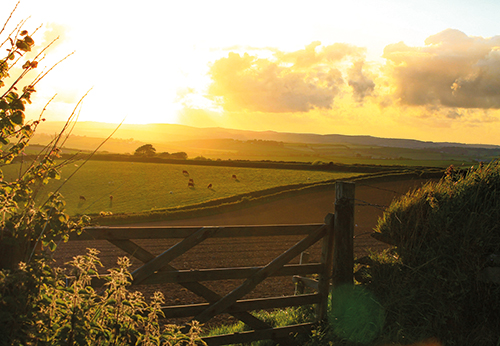
Most desire to purchase land is driven to some extent by the emotions attached to owning as opposed to renting. Our role is not to tell farmers what their emotions are – but to understand them and then advise whether those personal wishes are affordable.
We help clients decide if it is prudent for them to borrow, before asking the bank if it is willing to lend – invariably good borrowing makes good lending and vice versa.
I don’t think I have come across a situation in the last 20 years where buying land has made a farm more profitable – however, I have been very supportive of numerous land purchases. One of the other key considerations is potential capital growth in the land which over a long period is reliable – but if the land is never sold, then that value, while real, is never realised and so in the meantime, the business has to be able to afford the costs of borrowing money to acquire the land.
The acronym “EBITDA” is being increasingly used by banks to assess lending proposals and is detailed in the table below. It stands for “earnings before interest, tax, depreciation and amortisation” and for a sole trade or partnership, it would be after family drawings. In principle, it is the amount of money left over in the business before any borrowings and regular reinvestment are paid for.
Pat Tomlinson
September 2020
More News